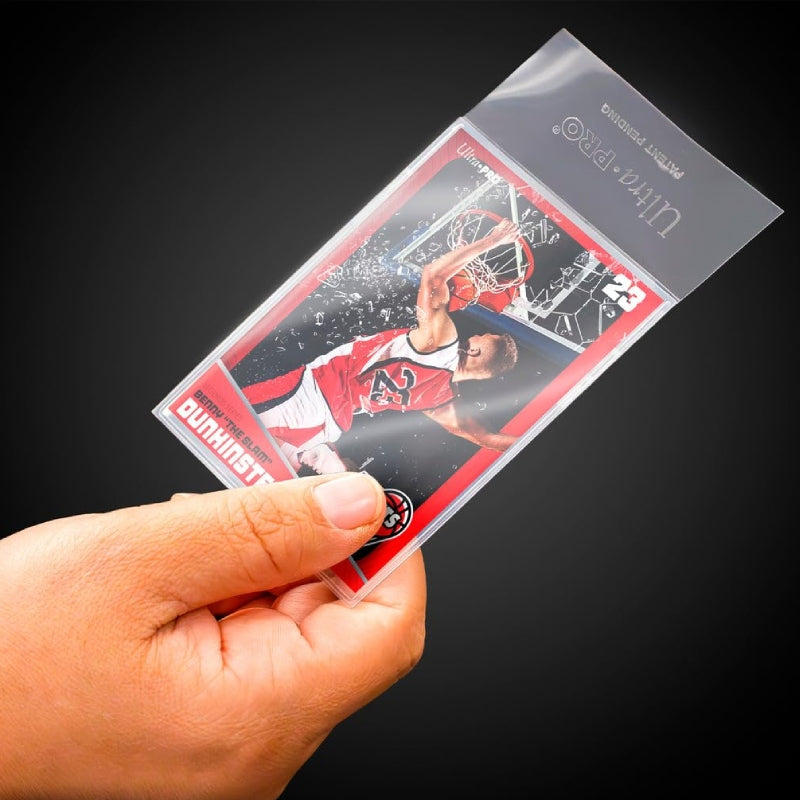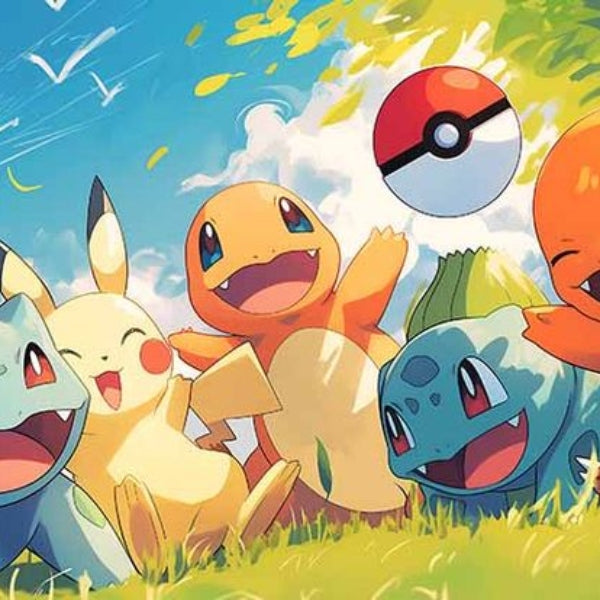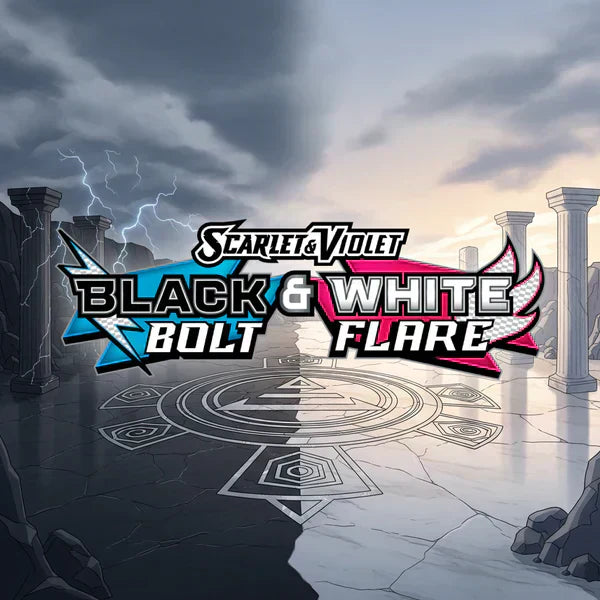Samlarvärlden kan vara en spännande plats, fylld med skatter från barndomen eller nyfunna passioner. Men en av de största utmaningarna för både nya och erfarna samlare är att fastställa värdet på sina kort. I denna artikel kommer vi att guida dig genom processen för att värdera dina samlarkort och jämföra priser på olika plattformar, med särskilt fokus på Pokémonkort. Letar du efter Pokémonkort med bra priser och snabb leverans? Se vårt kompletta utbud här: Pokémonkort
Snabba genvägar för Pokémon-samlare:
1. Förstå korten du har
Kortets Tillstånd
Det första steget i värderingen är att noggrant undersöka kortets skick. Här är några faktorer att beakta:
- Mint Condition (Mint): Kortet är i perfekt skick, som om det precis kommit ur förpackningen.
- Near Mint (NM): Kortet har väldigt små tecken på användning.
- Excellent (EX): Vissa tecken på användning, men inga större skador.
- Good/Played (GD): Synliga tecken på slitage och användning.
- Poor (PR): Kortet är skadat eller starkt slitet.

(Exempel på skadat Good/Played "GD" kort)
Sällsynthet
Korten kan också variera i värde beroende på deras sällsynthet:
- Common: Vanliga kort som tryckts i stora mängder.
- Uncommon: Mindre vanliga kort.
- Rare: Kort som är svårare att hitta och ofta tryckta i mindre mängder.
- Ultra Rare och Special Editions: Mycket sällsynta och ofta mer värdefulla.
För att skydda dina mest värdefulla kort rekommenderar vi att använda Perfect Fit sleeves som bevarar kortens skick över tid.
2. Använd online resurser
PriceCharting
PriceCharting är en utmärkt resurs för att snabbt få en uppfattning om marknadsvärdet på dina Pokémon-kort. Följ dessa steg:
- Besök webbplatsen: Gå till pricecharting.com.
- Sök efter ditt kort: Skriv in kortets namn och kortnummer (som oftast står längst ner till höger på kortet), t.ex. “Charizard 4/102.”
- Välj rätt version: Bläddra bland resultaten och välj exakt det kort som matchar ditt – kontrollera set, nummer och upplaga.
- Analysera prisnivåerna: Du ser olika värden beroende på skick och eventuell gradering, t.ex. “Ungraded”, “PSA 10”, “PSA 9”. Det ger dig inte ett exakt svar, men en mycket bra riktlinje för marknadsvärdet.
💡 Tip: För äldre och populära kort som Charizard, kan skillnaden i värde mellan PSA 9 och PSA 10 vara flera tusen kronor.
Vill du se vad vissa kort går för just nu? Kolla in våra Pokémon Booster Boxes – perfekt om du letar sealed-produkter att samla eller investera i.
Vill du hellre öppna packs? Se våra Pokémon booster packs.
Cardmarket
Cardmarket är Europas största marknadsplats för Pokémonkort och ett utmärkt verktyg för att jämföra priser mellan olika säljare.
- Besök Cardmarket.com: Gå till cardmarket.com och välj “Pokémon” som kategori om det inte redan är förvalt.
- Sök efter ditt kort: Använd sökfältet för att skriva in kortets namn och set, till exempel “Mewtwo EX XY Evolutions”.
- Jämför priser och skick: Du får en översikt av tillgängliga kort i olika skick (Mint, NM, Played etc.). Notera också om kortet är graderat, språk, samt vilket land säljaren befinner sig i – det påverkar både pris och fraktkostnad.
💡 Tip: Cardmarket är särskilt användbart om du vill få en realistisk bild av det europeiska marknadsvärdet.
eBay
eBay kan vara en ovärderlig resurs för att se vad liknande kort säljs för på auktion:
- Gå till ebay.com
- Sök på ditt kort: Exempelvis “Pikachu 25th Anniversary Holo” eller “Charizard 4/102”.
- Filtrera rätt: Klicka på “Avslutade objekt” och “Sålda objekt” i filtren. Då får du upp faktiska försäljningar, inte bara vad folk vill ha.
- Jämför skick och pris: Titta på kort i samma skick som ditt eget. Undvik att jämföra med gradering om ditt kort är ograderat (raw).
💡 Tip: Kolla både auktions- och fastprisförsäljningar för att förstå vad folk är beredda att betala just nu.
Tradera
Tradera är en av Sveriges största auktionssajter och ett utmärkt ställe att både köpa och sälja Pokémonkort. Så här använder du Tradera för att värdera dina kort:
- Besök Tradera.com: Gå till tradera.com.
- Sök efter ditt kort: Använd sökfältet högst upp och skriv in kortets namn och set – exempelvis “Charizard 4/102” eller “Pikachu Celebrations”.
- Filtrera resultaten: Använd filtren för att visa avslutade auktioner och sålda objekt. Det ger dig en realistisk bild av vad liknande kort faktiskt säljs för i Sverige.
- Analysera och jämför priser: Jämför priserna för kort i liknande skick som ditt eget. Använd även informationen som ett komplement till plattformar som eBay och Cardmarket för att få en mer komplett bild av marknadsvärdet.
💡 Tip: Eftersom Tradera är en svensk plattform, får du även en bättre bild av värdet i kr, vilket är användbart om du planerar att sälja lokalt.
3. Jämföra och analysera priser
Skapa en Prislista
När du har samlat in data från olika källor, skapa en lista över dina kort och deras respektive värden från PriceCharting, Cardmarket, eBay och Tradera. Detta hjälper dig att få en översikt över hur mycket dina kort är värda.
Analysera Trender
Titta på prisutvecklingen över tid för att förstå om ett korts värde ökar eller minskar. Detta kan ge dig insikt i när det kan vara bäst att sälja eller köpa.
Professionella Värderingstjänster
Om du har mycket sällsynta eller värdefulla kort, kan det vara värt att använda en professionell värderingstjänst som PSA (Professional Sports Authenticator) eller Beckett Grading Services.
4. Att tänka på vid försäljning
Val av Plattform
Beroende på kortens värde och vilken marknad du riktar dig mot, kan vissa plattformar vara bättre än andra. eBay och Tradera är bra för auktioner, medan TCGPlayer och Cardmarket är utmärkta för fasta priser. Behöver du rätt tillbehör för att sälja eller transportera dina kort? Kolla in våra Toploaders och Team Bags.
Beskrivning och Fotografi
När du listar korten till försäljning, se till att inkludera detaljerade beskrivningar och högkvalitativa foton. Detta hjälper potentiella köpare att få en tydlig bild av kortens skick.
Hantering och Frakt
För att säkerställa att dina kort når köparen i samma skick som när de lämnade dig, använd skyddande förpackning och överväg att erbjuda försäkrad frakt.
Sammanfattning
Att värdera dina samlarkort kan verka överväldigande, men med rätt resurser och lite forskning kan du få en klar bild av deras värde. Genom att förstå kortens skick, sällsynthet och använda pålitliga prisjämförelsesidor som PriceCharting, Cardmarket, eBay och Tradera, kan du hitta rätt marknadspris och maximera dina samlarkorts potential. Utforska aktuella produkter via våra förhandsbokningar eller vår bästsäljande kollektion.
Vill du få hjälp med att värdera dina samlarkort? Kontakta oss på info@hobbykort.se och berätta mer om din samling så hjälper vi dig!








